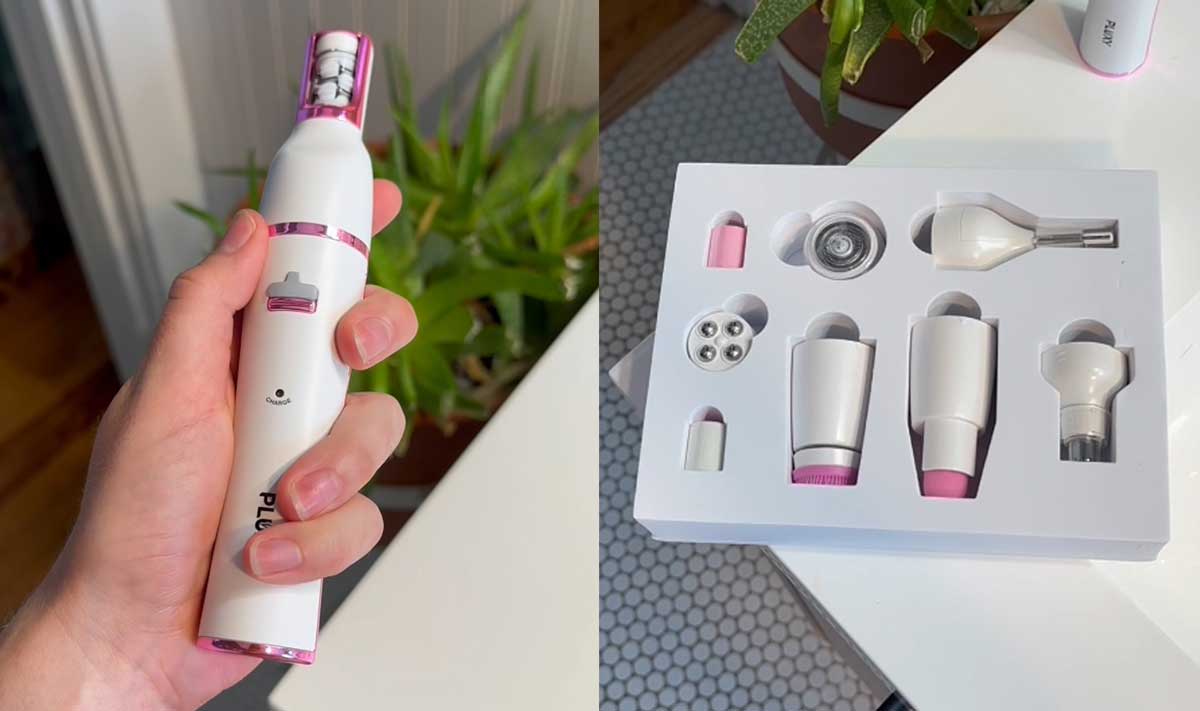
Hearing loss is a prevalent problem that affects millions of people worldwide. Fortunately, modern hearing aids can help improve hearing and quality of life. However, choosing the right hearing aid can be a daunting task, especially if you’re not familiar with the different types and features available. In this comprehensive guide, we’ll help you make an informed decision by outlining the key factors to consider when choosing a hearing aid.
Type of Hearing Loss
The first step in choosing a hearing aid is to determine the type and severity of your hearing loss. There are three main types of hearing loss: conductive, sensorineural, and mixed. Conductive hearing loss is caused by issues in the outer or middle ear, such as earwax buildup, fluid in the ear, or a perforated eardrum. This type of hearing loss can typically be treated with behind-the-ear or in-the-ear hearing aids. Sensorineural hearing loss is caused by damage to the inner ear, such as exposure to loud noise, aging, or a genetic condition. This type of hearing loss can be treated with hearing aids that fit inside or outside the ear. Mixed hearing loss is a combination of conductive and sensorineural hearing loss.
Style
Hearing aids come in a variety of styles, each with its own advantages and disadvantages. The most common styles are behind-the-ear (BTE), in-the-ear (ITE), and completely-in-the-canal (CIC). BTE hearing aids are worn behind the ear and are suitable for most types of hearing loss. They are the largest and most visible type of hearing aid but are also the most powerful. ITE hearing aids are worn in the ear and are less visible than BTE hearing aids. They are a good option for those with mild to moderate hearing loss. CIC hearing aids are the smallest and most discreet type of hearing aid. They fit completely inside the ear canal and are a good option for those with mild to moderate hearing loss who want a discreet hearing aid.
Features
Hearing aids come with a range of features, including directional microphones, noise reduction, and telecoil. Directional microphones can help you hear better in noisy environments by focusing on the sounds you want to hear and reducing background noise. Noise reduction can help reduce background noise and make it easier to hear speech. Telecoil is a feature that allows you to hear better on the telephone or in public places with a loop system.
Cost
One of the most significant factors in choosing a hearing aid is cost. Hearing aids can range in cost from a few hundred to several thousand dollars. The cost will depend on the type and style of hearing aid you choose, as well as any additional features. Check with your insurance provider to see what is covered and consider financing options if needed.
Trial Period
Many hearing aid providers offer a trial period, allowing you to try out the hearing aid and make sure it’s the right fit for you. During the trial period, you can test the hearing aid in different environments and situations to see how well it works for you. If you’re not satisfied with the hearing aid, you can return it for a refund or exchange.
Maintenance and Repairs
Like any electronic device, hearing aids require regular maintenance and occasional repairs. Make sure you understand how to clean and maintain your hearing aid, and consider purchasing a warranty or service plan to cover any repairs that may be needed.
Consult with an Audiologist
Finally, it’s essential to consult with an audiologist or hearing healthcare provider when choosing a hearing aid. They can help you determine the type and severity of your hearing loss, recommend the best hearing aid for your needs, and provide guidance on how to use and maintain your hearing aid.
Choosing the right hearing aid can improve your quality of life, so take the time to consider your options and find the best fit for you and your budget. Remember, a hearing aid is an investment in your health and well-being, and the benefits of improved hearing are well worth the effort.


